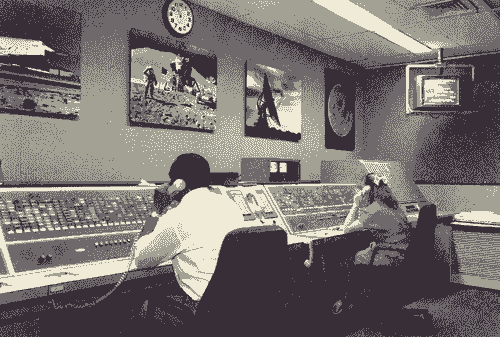I wrote about “communication debt” a while back, which is like technical debt, but for all of the messages you haven’t triaged or ignored yet.
You’re probably accumulating communication debt right now:
- Notifications are hitting your phone, turning icons red
- Chat threads are scrolling by, maybe @mentioning you here or there
- Emails are relentlessly piling up in your inbox
You’re going to have to pay it down eventually, even if it’s just to ignore the messages completely.
In the article, I also wrote about how too much communication debt is disastrous for knowledge teams and offered some tactics for managers to mitigate the problem.
Since then, the increase in remote work has magnified the issue. Why? Because in-person discussions (often ad-hoc) would take the place of messages and notifications. It turns out that the water cooler was an excellent collaboration tool, and magically made emails disappear.
Instead of updating the article, our friend Mihir Patel wrote an epilogue of sorts: Fixing Communication Debt in Remote Environments. The keys to the “fix” include 1.) written documentation that’s created and consumed asynchronously, and 2.) a rigorous but thoughtful approach to synchronous collaboration points–i.e., meetings.
If you haven’t given it a read yet, I highly recommend it.
On the topic of too many messages and communication debt, Karl Hughes followed up with an article about making time to act deliberately instead of constantly reacting to the constant inbound barrage of pings and notifications.
Karl points out that managers have a responsibility to find the time to prioritize and plan proactively–it can’t be an afterthought after all of the reacting and responding to messages is complete (which is never). He goes on to offer a healthy and sustainable approach. Dig in and read this one too when you get a chance.

